It's the little star of the smart speaker market. The seventh generation of the Flip—the sixth version of which has just sold over 20 million units since its release in 2021—will be available from April 1, 2025, at a price of €150 (€10 more than the Flip 6). A real hit, this model has won over customers with its compact size and power, rather than its sound quality, which is particularly prone to distortion. But the American company wants to remedy this very defect by incorporating a touch of artificial intelligence into the behavior of its speakers.
Before discussing the audio, a look at its design and manufacturing is in order. First of all, this ultraportable speaker is a bit heavier, surpassing its predecessor in size (182.5 x 69.5 x 71.5 mm) and weight (560 g, or 10 g more). Entirely covered in synthetic mesh, it also has a small strap to hang it wherever you want. New, this one can be detached thanks to the PushLock system and replaced by a carabiner supplied with the Flip 7.
IP 68 to resist immersion
It can be attached, for example, to a backpack or on a boat during a sea trip to be sure not to lose it. Especially since the speaker is not afraid of rain or immersion since it further increases its waterproofness by meeting the IP68 standard which allows it to be submerged up to 1.5 m deep for 30 minutes. Be careful though if you get the idea to throw it in a swimming pool, the Flip 7 does not float at all.
The finish is neat and, above all, robust, with its soft rubber ends that absorb shocks and protect the two passive radiators located on the sides. It can be placed horizontally, but also vertically. In the second case, the device is slightly tilted to better diffuse the sound, an important detail. Six buttons are located on the speaker: volume + and -, play/pause, power, pairing and a last one allowing it to be paired with other models.
Auracast connectivity
While this was already possible before, handling is made easier by the appearance of Bluetooth 5.4 compatible with LE Audio and supporting the Auracast system. In absolute terms, it is therefore possible to pair it with another Flip 7 to obtain a stereo signal, but also other models from other brands also compatible with Auracast. This choice is in any case one of durability as the speaker meets the latest standards.
The JBL Portable app for controlling the speaker is limited to a few options. For example, it offers four equalizer presets: JBL Signature, Chill, Energetic, and Vocal; as well as a 7-band manual equalizer. This app is used to create a stereo group, but also to activate the Playtime Boost mode, which, according to the manufacturer, can extend battery life to 16 hours, notably by reducing the bass intensity. Suffice it to say that you rarely open this app once you've configured the desired settings. This limits the possibilities, but fully corresponds to the use of this type of ultraportable speaker.
Impressive bass for its size
Getting a device of this small size to sound good is always a challenge for manufacturers. We were therefore very curious to hear the results of the improvements made to this Flip 7. It therefore includes a 10W tweeter, a 25W oval-shaped mid-bass speaker and two passive radiators at the ends. On the back, its USB-C port allows not only charging, but also connection to a smartphone, tablet or computer to benefit from a lossless signal. Suffice to say that this argument is primarily marketing, as we didn't hear any difference with a Bluetooth connection.
The first thing that stands out is the power of the bass, true to JBL's usual signature. It is very prominent and thus somewhat obscures the overall sound balance. But for a model that is intended for outdoor use, this choice is appreciable; and still impressive given the size of the speaker.
When AI reduces distortion
Despite this overemphasis on the bass frequencies, the Northridge (California) manufacturer hasn't forgotten the rest of the spectrum. The mids are also well managed and allow for warm vocals. While the treble doesn't quite pop as it should, it's still sufficient to avoid giving the impression of being drowned out. As you'll have understood, the Flip 7 is primarily intended for music such as hip-hop or electro rather than classical music. Despite this, we experimented with connecting it to an Apple TV to use it as a soundbar. A crazy idea at first, but the result was quite astonishing, especially regarding the very well-managed dynamics.
The other question obviously came from the distortion produced at high volume. And there is definitely volume with this Flip 7! To limit the phenomenon, we are counting on the AI Sound Boost system, already used on the JBL Xtreme 4. This algorithm anticipates the movements of the speakers to adapt the power response. A way according to JBL to maintain optimal sound quality at high volume. And it must be admitted that this is rather effective, at least up to 75% of the volume, a level already significant. Beyond that, no miracle, but the progress is already to be welcomed compared to what the Flip 6 offered, a poor performer in this area.
Finally, the autonomy was our second big question. It was also announced as an improvement, it officially goes from 12 hours to 14 hours; and even 16 hours with Playtime Boost mode. So it's an excellent surprise that we measured in real conditions. Using the Flip 7 at 25% of its volume, we were able to listen to it for 29 hours and 22 minutes without having to recharge it! An excellent performance that will obviously be shorter if we push the volume to more than 50%. But indoors in a reasonably sized room, limiting yourself to listening at around 25% is quite sufficient.

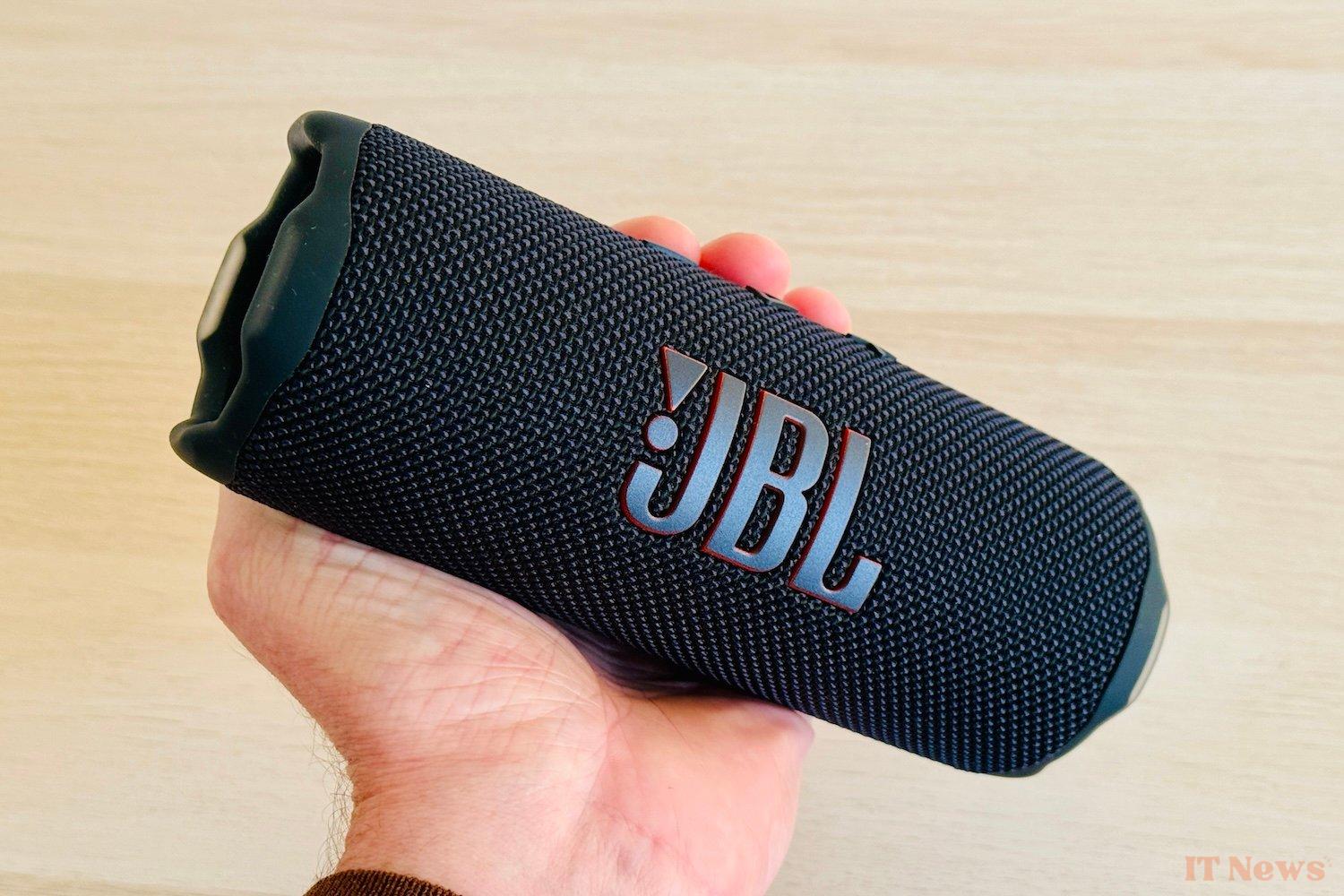

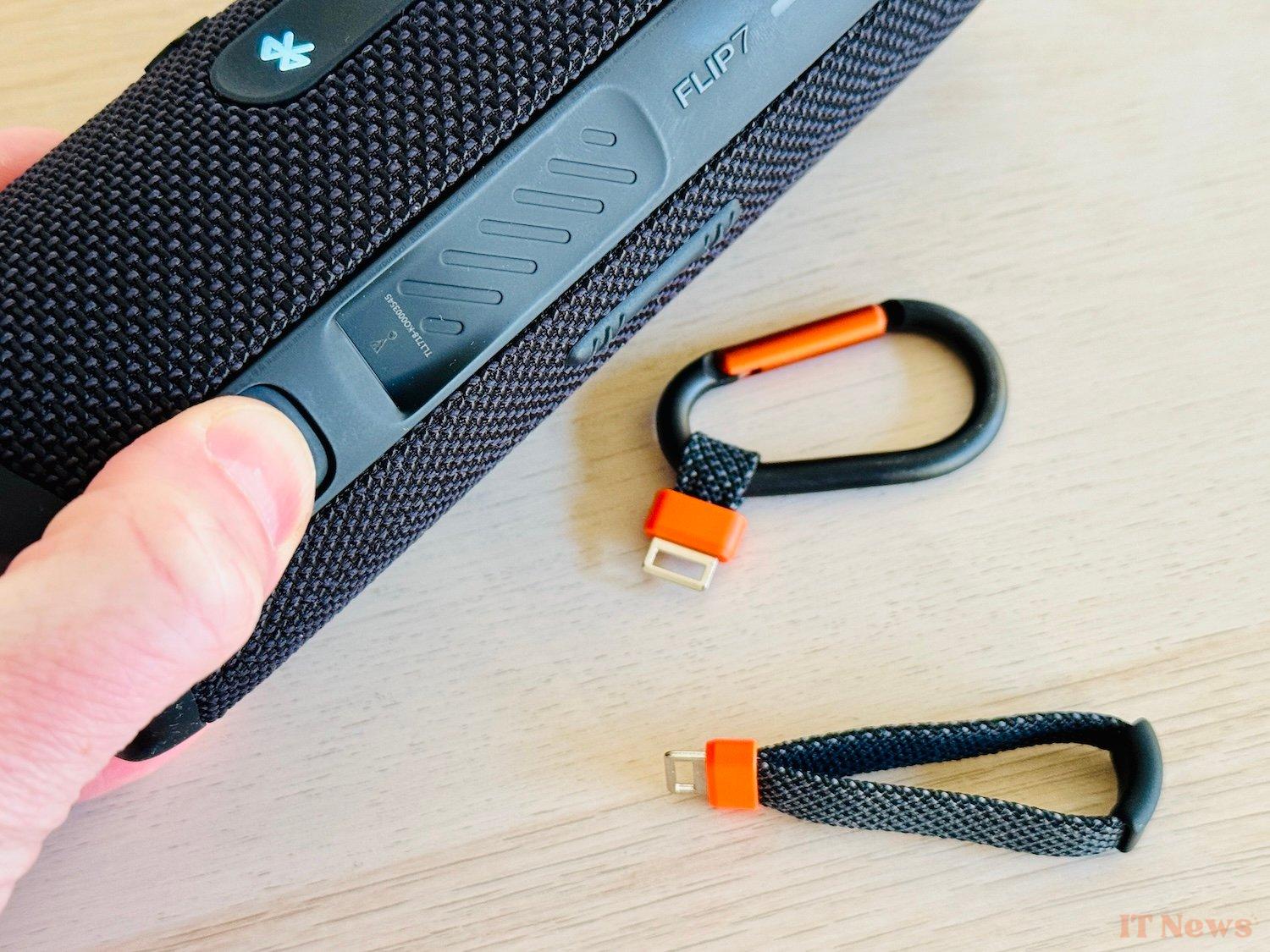
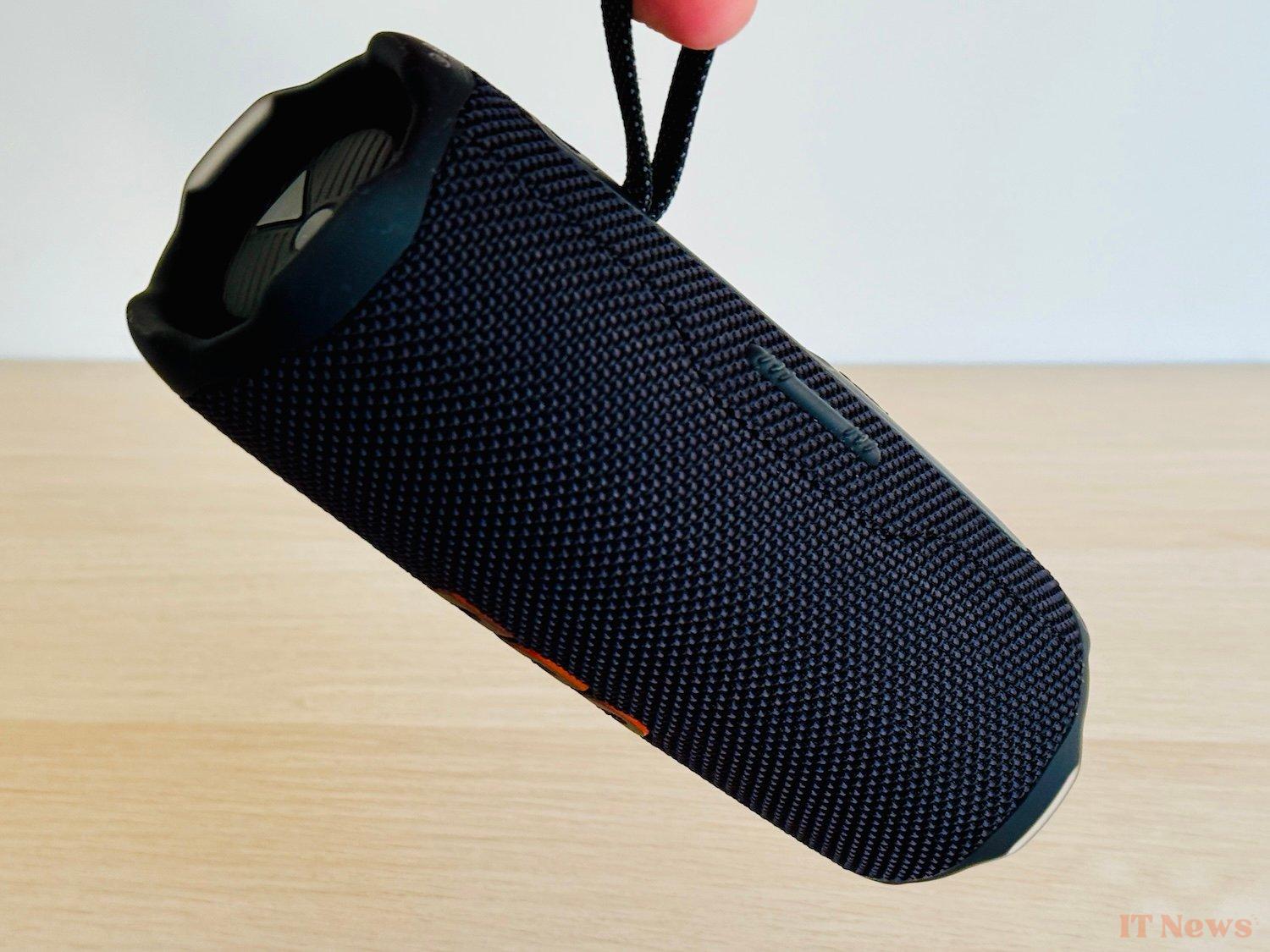
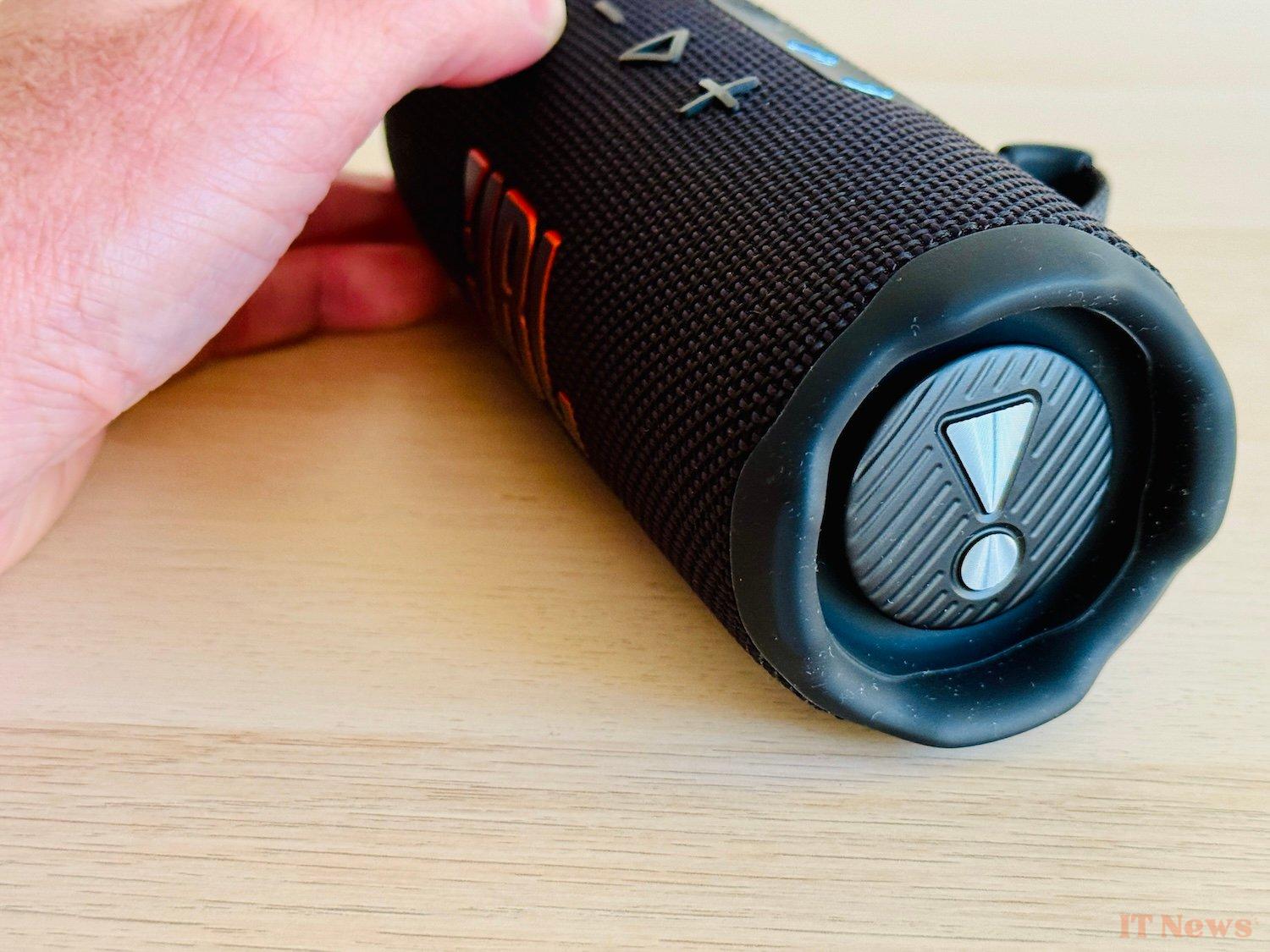
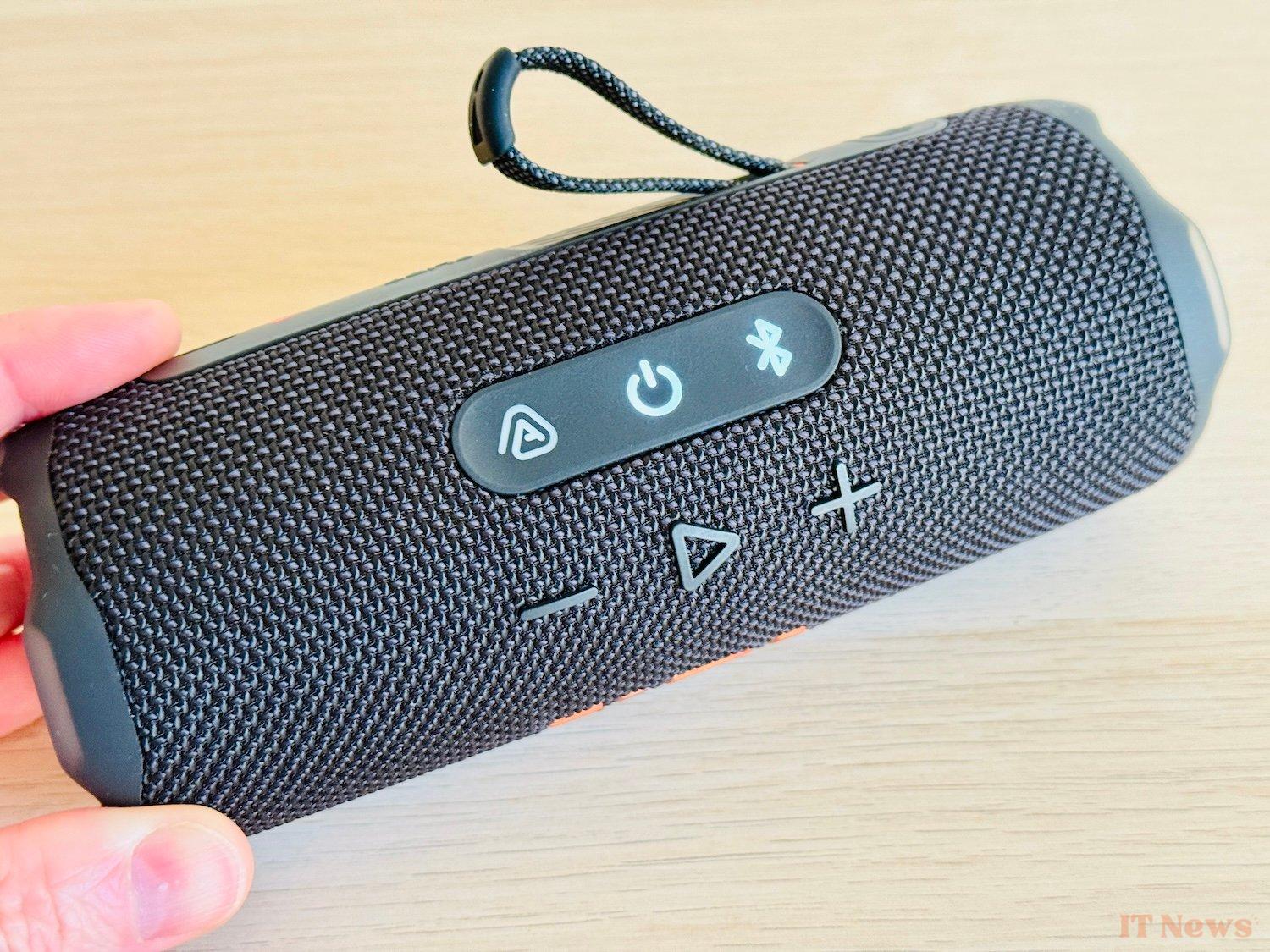
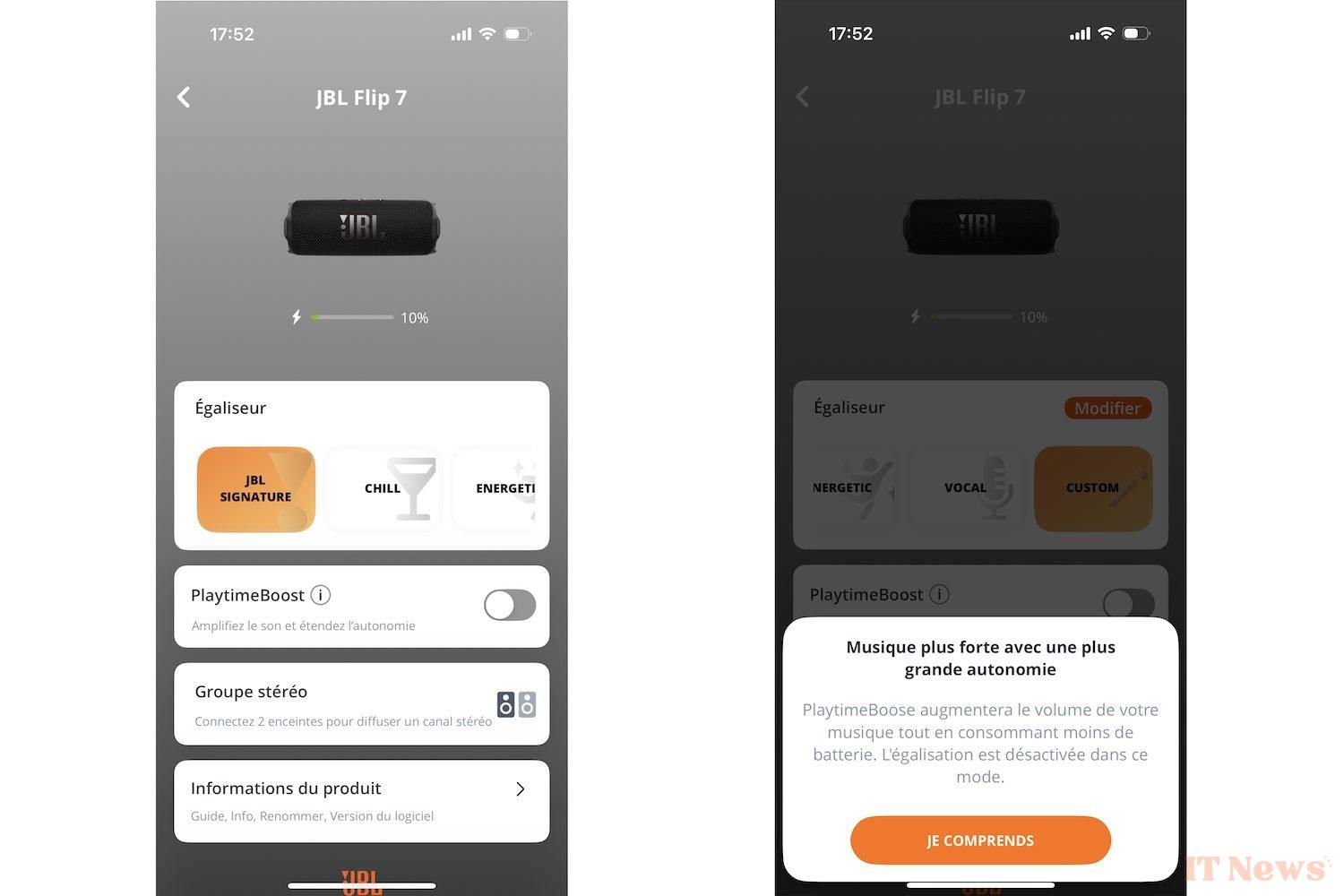
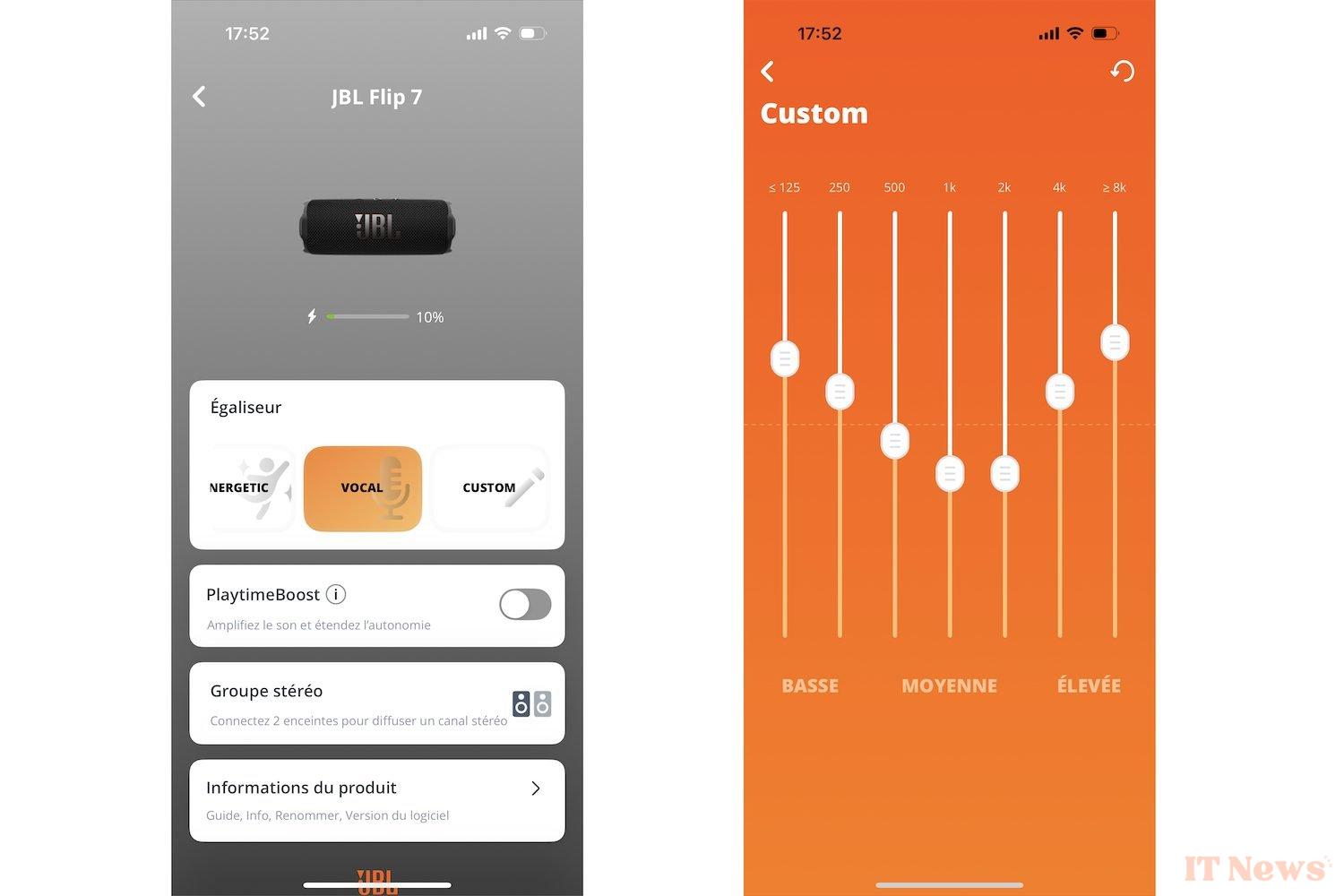
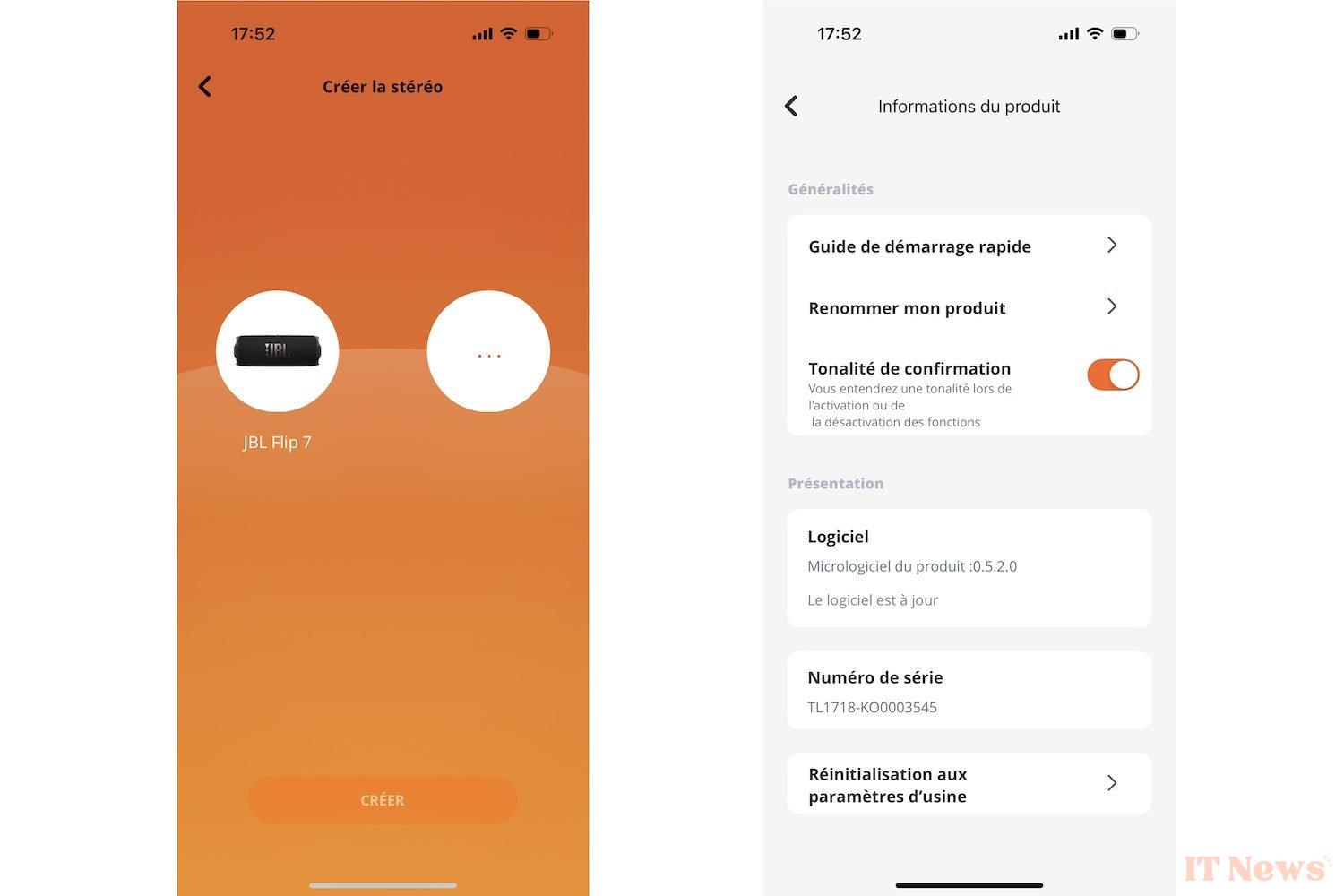
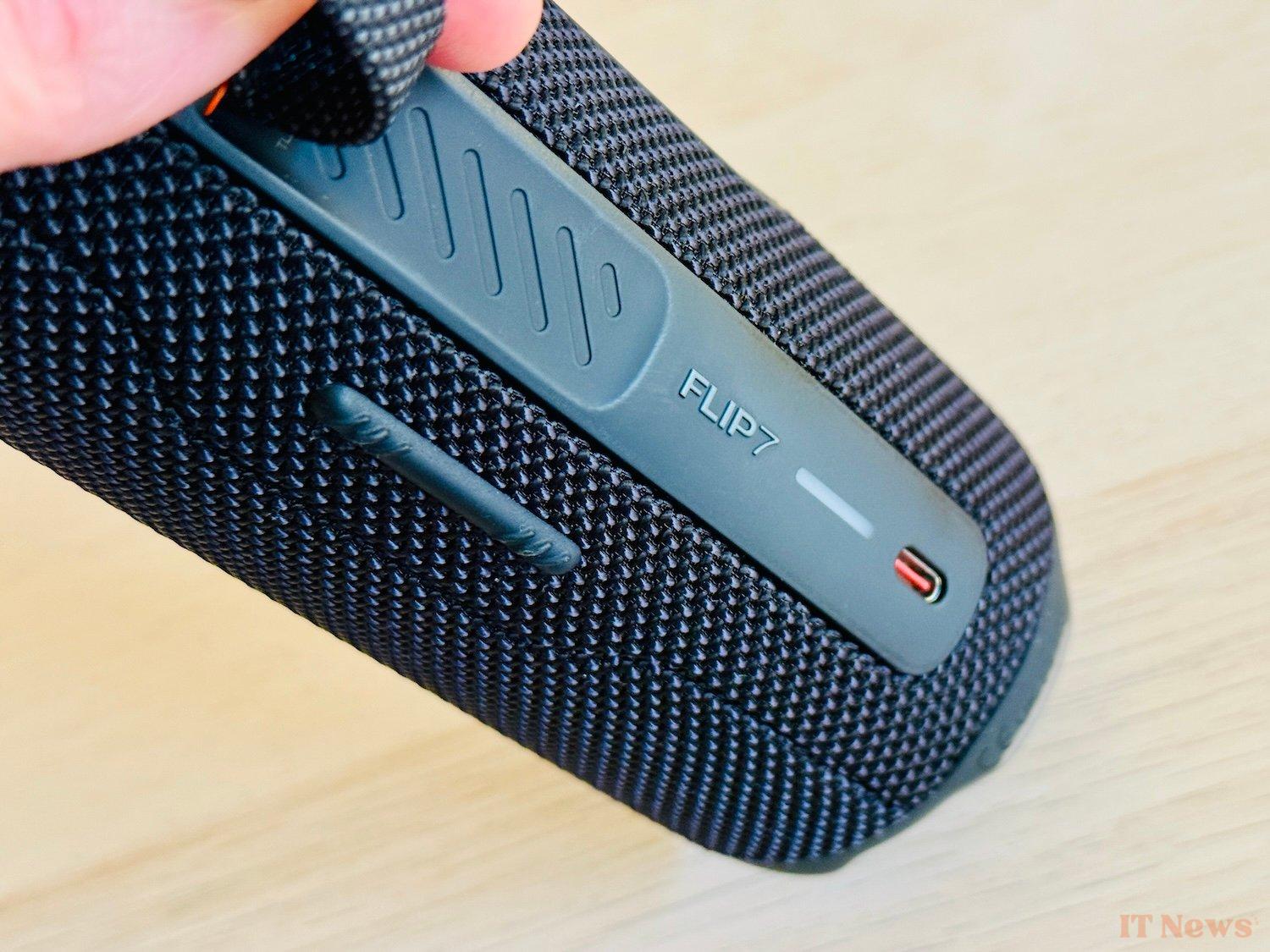

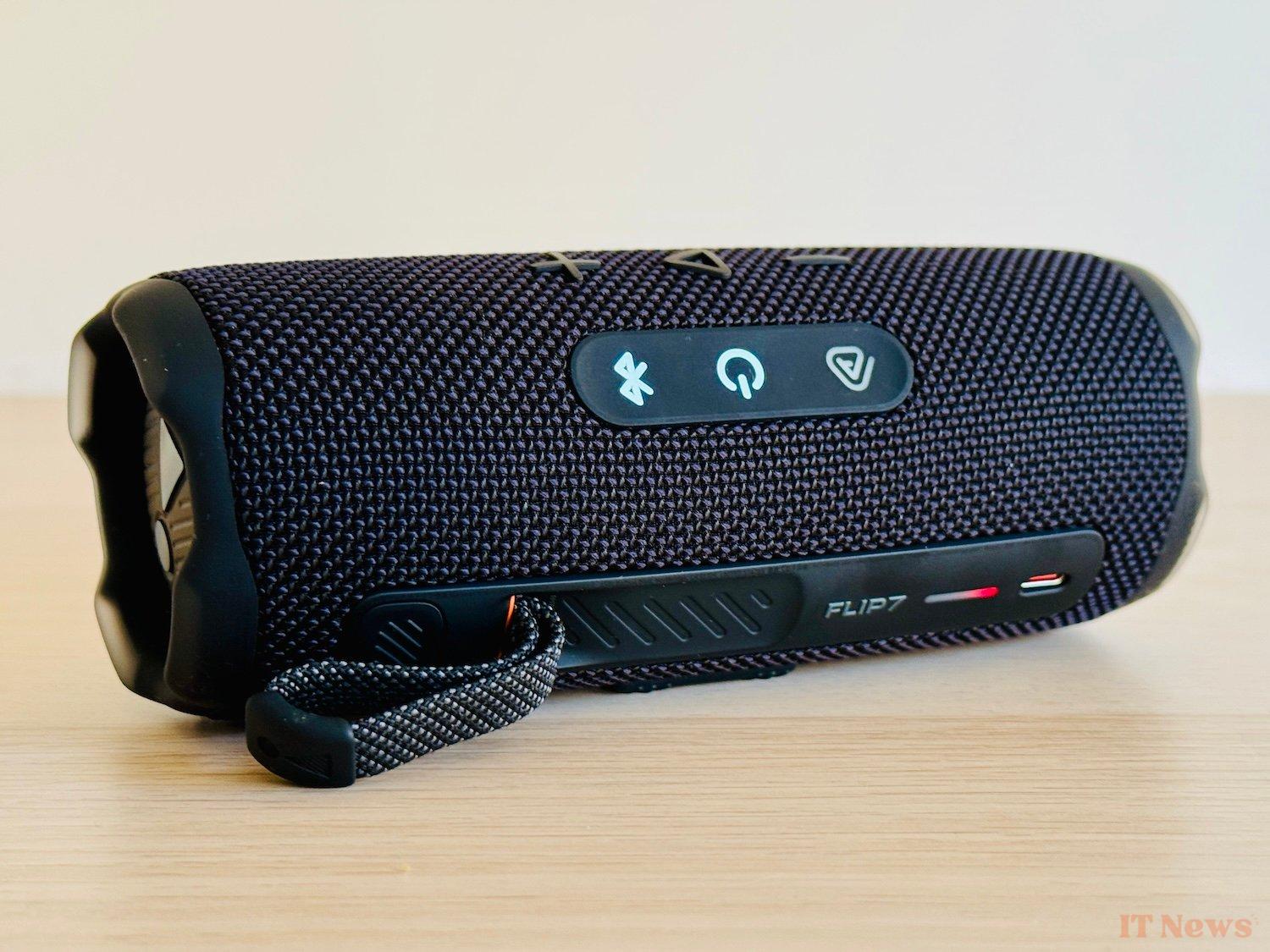

0 Comments